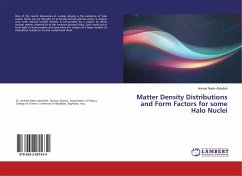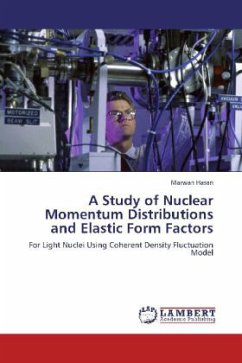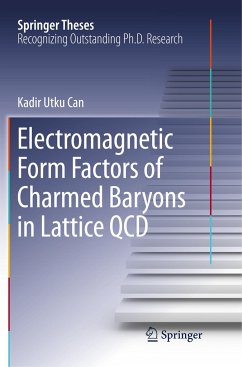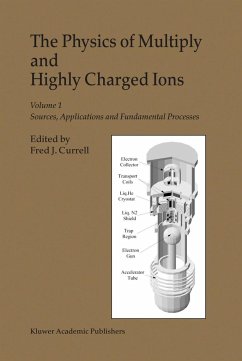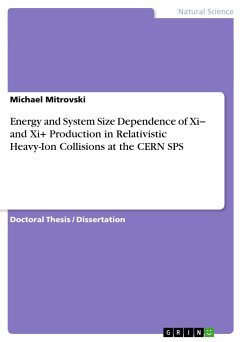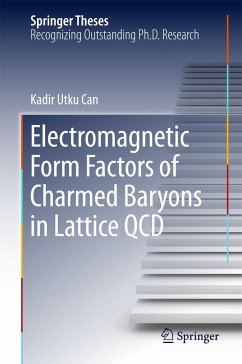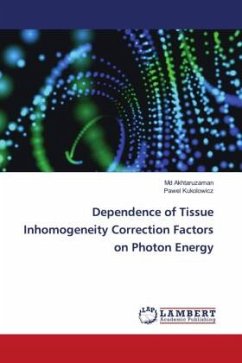
Dependence of Tissue Inhomogeneity Correction Factors on Photon Energy
Versandkostenfrei!
Versandfertig in 6-10 Tagen
45,99 €
inkl. MwSt.

PAYBACK Punkte
23 °P sammeln!
When using megavoltage photon beams in radiotherapy treatment for cancer, commissioning of treatment planning system includes the accuracy of dose calculation in inhomogeneous media. Dependence of ICFs on Photon beams may preclude available results from being applied to the general user's beam. The purpose of the study was to assess the dependence of ICFs on the tissue phantom ratio (TPR20,10), the so-called photon beam quality index (QI). For a range of QIs, small changes in correction factors were found in inhomogeneous phantoms in the regions where charged particle equilibrium (CPE) exists....
When using megavoltage photon beams in radiotherapy treatment for cancer, commissioning of treatment planning system includes the accuracy of dose calculation in inhomogeneous media. Dependence of ICFs on Photon beams may preclude available results from being applied to the general user's beam. The purpose of the study was to assess the dependence of ICFs on the tissue phantom ratio (TPR20,10), the so-called photon beam quality index (QI). For a range of QIs, small changes in correction factors were found in inhomogeneous phantoms in the regions where charged particle equilibrium (CPE) exists. For regions, where there is no charged particle equilibrium, the dependence of the ICFs on the beam quality is more complicated. Moreover, the field size significantly affects the results, especially if there is a lack of lateral CPE. Measurement results carried out with the CIRS phantom were consistent with calculations. The dependence of ICFs on beam quality was close to the linear. Therefore, it is concluded that the ICFs measured for one accelerator beam can be used with some caution on another with the same nominal energy.



